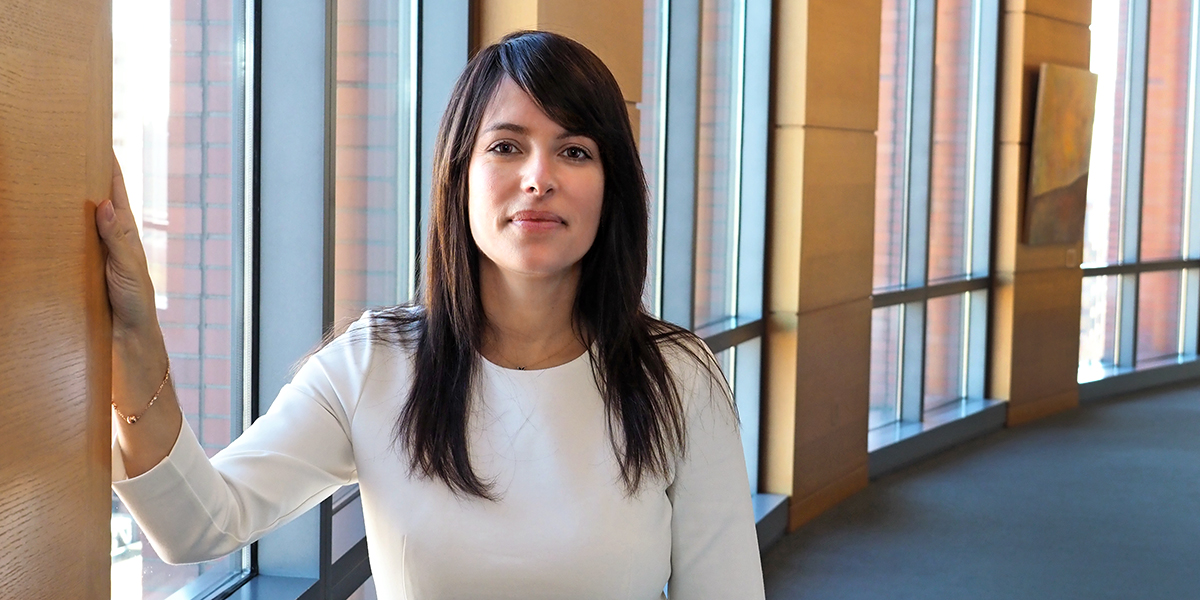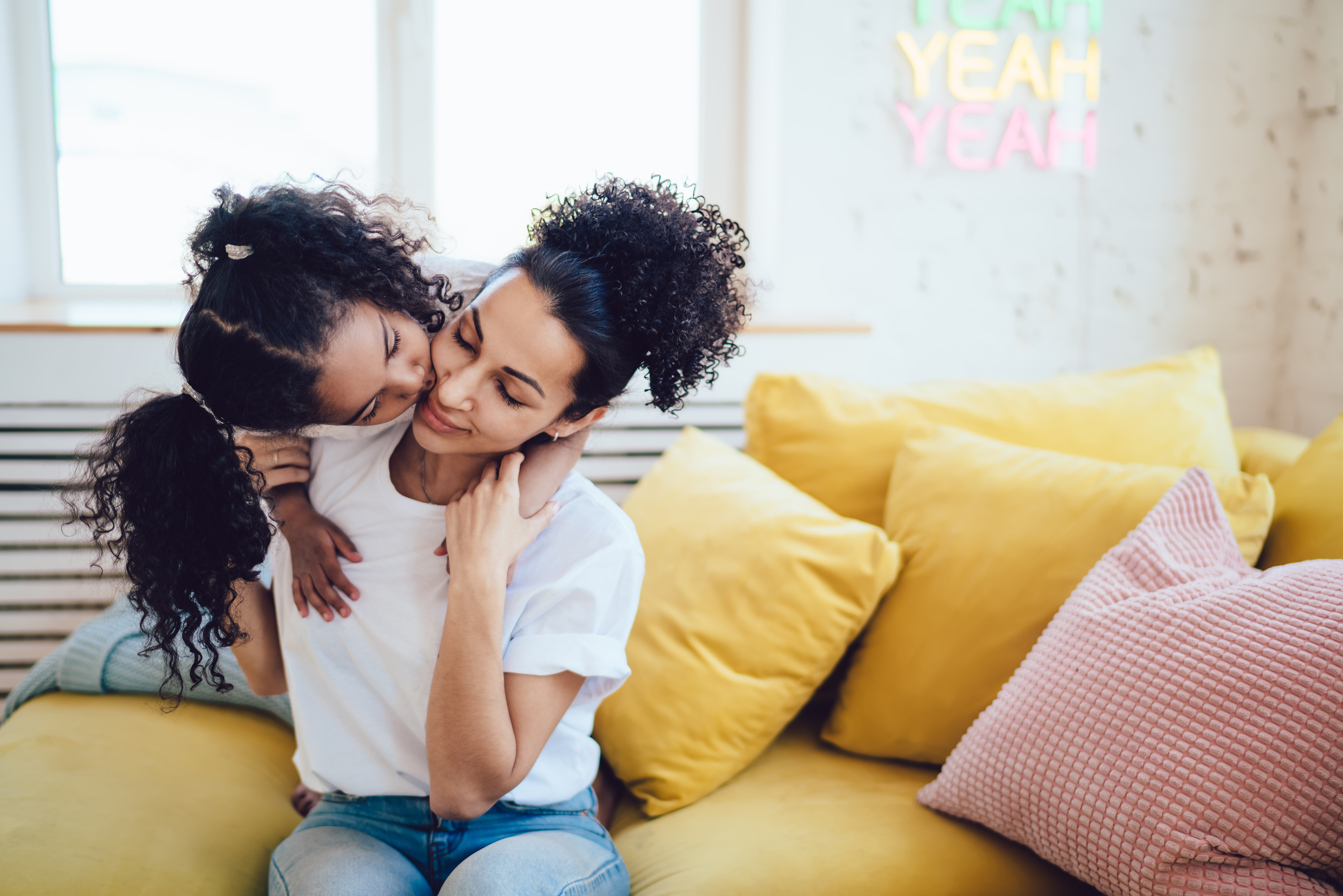On October 31, 2019, we spent blissful days with our young children, getting ready for a night of revelry. One of us spent the day singing “Baby Shark” to a 10-month-old who learned to crawl in his shark costume at the ideal moment. The other took 4-year-old Elsa and 6-year-old Lego Ninjago out for a spin to see who could get the most candy. We both ended our evenings sitting on our stoops in Philadelphia enjoying the crisp fall weather, passing out candy to neighbors, and celebrating the beauty of community and rituals.
Earlier that day, we discussed with colleagues on Twitter the importance of technology as a vehicle to deliver mental health prevention and treatment to overcome the global mental health crisis. This discussion inspired a forthcoming commentary in JMIR Mental Health on improving public mental health by harnessing the synergy of people and technology.
That Twitter post and beautiful Halloween with our families occurred exactly two months before China announced its first case of COVID-19. If the global pandemic occurred a mere two months earlier, we wouldn’t have sat on our stoops interacting with our neighbors due to physical distancing or had the pleasure of celebrating Halloween with our children. While our world looks and feels dramatically different than it did this fall, one thing from that day remains the same: our world is in desperate need of a comprehensive public mental health strategy. Moreover, our argument that we need people, empowered by technology, to move the needle on mental health care has never been truer.
Per Johns Hopkins Coronavirus Research Center, as of May 28, 2020, there were almost six million confirmed cases of COVID-19 and more than 350,000 related deaths worldwide.
As this is a novel — meaning we lack any level of immunity — and highly contagious virus associated with a significant risk for hospitalization and mortality, the best evidence-based public health strategies to mitigate spread and catastrophic outcomes are hand washing and physical distancing. Adopting the recommendations of experts, many U.S. governors have implemented physical distancing policies to prevent spread and reduce mortality rates.
The resulting closure of nonessential businesses has left many Americans unemployed and worried about how they are going to meet their most basic needs. The closure of schools has left working parents without the option of remote work scrambling to cover child care, and working parents with the option of remote work in the tough position of attempting to work full-time, parent, and homeschool or provide daycare (i.e. work three full-time jobs simultaneously). Meanwhile, an entire workforce of healthcare staff is experiencing significant stress as their hospital beds fill up, they get sick because they lack the personal protective equipment needed to keep them safe, and they risk spreading the illness to their loved ones at home. And all of this will likely get worse before it gets better. With the anticipated peak of COVID-19 cases expected to occur in the next few weeks, most Americans are living in near constant fear of the impact that this pandemic will have on their loved ones, hospitals, and economy.
We were already experiencing a global mental health crisis back in October. Depression is the leading cause of disability worldwide, 129 Americans die by suicide each day, and 130 Americans die by opioid overdoes every day, and the supply of mental health care clinicians does not meet the demand. The COVID-19 pandemic is the perfect storm to further exacerbate our mental health crisis — people do not have their basic needs met, are living in fear, and, physical distancing restrictions place limits on activities and opportunities for social interaction that might buffer against mental health disorders.
Once we are through this pandemic, we will face a new crisis: addressing the mental health needs of our population. To attenuate the effects on mental health during this current public health crisis, we desperately need a comprehensive public health response, which will require the use of three different approaches. First, we need to limit the development of mental health disorders among all people by striving to ensure that everyone has their basic needs met, including the basic human need for social support. Second, we need to provide low intensity interventions, meant to promote mental health and boost mood, to those at greatest risk for the development a mental health disorder during this public health crisis, including those experiencing extreme financial hardship and medical professionals. Finally, we need to ensure that mental health care is still available to those with a mental health diagnosis. We have seen a wave of support for accessible mental health care in the wake of COVID-19 with health care systems and insurance companies moving towards telemedicine. While this is a big step in the right direction, we need an equally comprehensive approach for promoting mental health among everyone, particularly those at greatest risk during this pandemic. This is where people plus technology can make an impact on the global mental health crisis.
The term initially adopted and disseminated to the public of “social distancing” to prevent the spread of COVID-19 is an unfortunate misnomer. In the time of COVID-19, what we need most is physical distancing with robust social engagement. Decades of research support the role of social support in health and mental health outcomes. We believe that people supporting people, and connecting through readily available technology, is the kind of expansive and scalable public mental health approach needed to get us through this challenging and uncertain time.
You can help support public mental health during the global health crisis.
Call your friends, loved ones, and community members, particularly those at greatest risk for developing a mental health disorder (e.g., unemployed, health care workers). Encourage them to do the things we know are best for mental health like creating a consistent schedule and engaging in activities known to boost our mood like physical exercise (there are hundreds of free home exercise videos available right now), fun activities (reading, fun television shows, eating good food), activities that make you feel productive (cleaning out a closet, getting even a small item checked off that to-do list), and being social (virtual book club). The added benefit of calling your loved ones beyond helping their mental health is that it will help yours, because social connection feels good.
And if you are worried about your loved one, tell them that. Ask them if they have considered ending their life. Asking does not increase the likelihood that someone will take their life. If they say yes, connect them to the National Suicide Prevention Lifeline at 1-800-273-8255. As economic distress is associated with suicide, we must reach out to our most vulnerable loved ones.
It is still too early to tell if either of us will be able to replicate the beautiful simplicity that was Halloween 2019. However, if we all work together to engage the collective synergy that is people supporting people through technology, we might be able to start the process of the much needed mental health healing that our world will sorely need in the aftermath of our current global pandemic.



